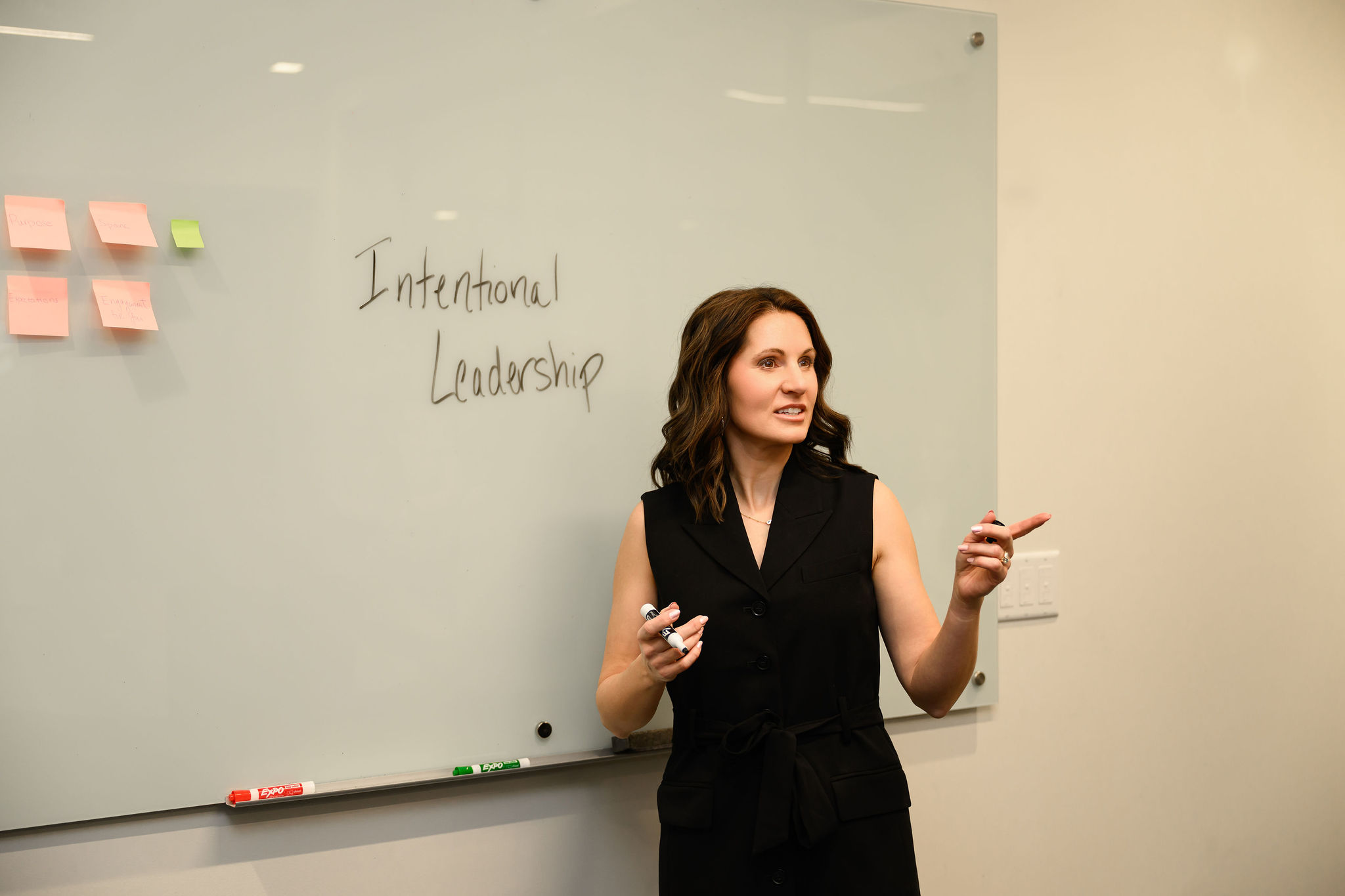Do you have a colleague who gets under your skin from time to time? Someone who always seems to approach things completely differently than you?
Maybe you're the one who wants to jump right in and get started, while they need time to think it through. Or you like to talk it out, and they want to process quietly first. You might both care deeply about the outcome, but your approach, pace, and process feel at odds.
We tend to assume that if someone works differently than we do, they must be wrong…or at least difficult. But more often than not, it’s a difference in wiring, not a character flaw.
And that’s where having a common language around how people operate, like CliftonStrengths, becomes a game changer.
A Common Language for Uncommon Strengths
When teams use CliftonStrengths, they gain more than a list of talents. They gain a shared vocabulary to explain how they think, feel, and work best. That kind of clarity fosters understanding, empathy, and mutual respect even when colleagues have very different approaches.
Gallup's research shows that the most powerful partnerships are those where each person is aware of their strengths, appreciates the strengths of others, and intentionally uses that knowledge to collaborate more effectively.
"Strong partnerships are not formed because two people have similar strengths—but because they understand, appreciate, and invest in each other’s strengths." – Gallup
From Clashes to Collaboration
Take the example of Activator and Deliberative - two talents that often cause friction. One wants to get moving now; the other wants to identify risks before proceeding. Without a common understanding, that dynamic might feel like a power struggle. But with a CliftonStrengths lens, teams can reframe that tension:
- The Activator can appreciate the Deliberative’s desire to prevent missteps.
- The Deliberative can value the Activator’s sense of momentum and energy.
They don’t have to change who they are, but they can adjust how they work together, creating a partnership that balances speed with strategy.
And while it may feel easier to work with people who think like you, the work is almost always better when different perspectives are in the room. Diverse strengths challenge blind spots, spark innovation, and lead to more thoughtful, well-rounded solutions. CliftonStrengths doesn’t just make teams nicer—it makes them smarter.
Why It Works: The Power of Awareness
Gallup’s research on team performance shows that teams who focus on strengths every day are:
- 12.5% more productive
- 8.9% more profitable
and experience significantly higher levels of engagement and retention.
That’s not just “nice to have” - it’s a competitive advantage.
When people know their own strengths - and have permission to talk about them - they're more likely to:
- Name their needs
- Notice and value different contributions
- Reduce miscommunication and frustration
Using Strengths as a Team Tool
So how can you move from individual insight to team transformation?
- Talk About Strengths, Often
Make it normal to refer to strengths during meetings, project planning, or even casual conversations. ("Can we run this by our someone with Analytical strengths before we decide?") - Use It to Resolve Tension
Instead of venting, start asking: What strength might be driving this behavior? What need isn’t being met? - Plan With Strengths in Mind
Divide tasks based on natural talents. Who energizes the group? Who ensures nothing falls through the cracks? Let people do what they do best.
From “That Person” to “My Person”
When you see someone’s strengths clearly, it’s easier to move past assumptions and into authentic partnership. Strengths-based language doesn’t magically erase tension, but it gives you the tools to understand it, navigate it, and use it.
So the next time a colleague rubs you the wrong way, ask yourself:
- What strength could be showing up here?
- What does this tell me about what they need—and what I bring?
- How could we partner more intentionally?
You just might find that the person who used to drive you crazy…becomes the one who makes you - and your work - better.





